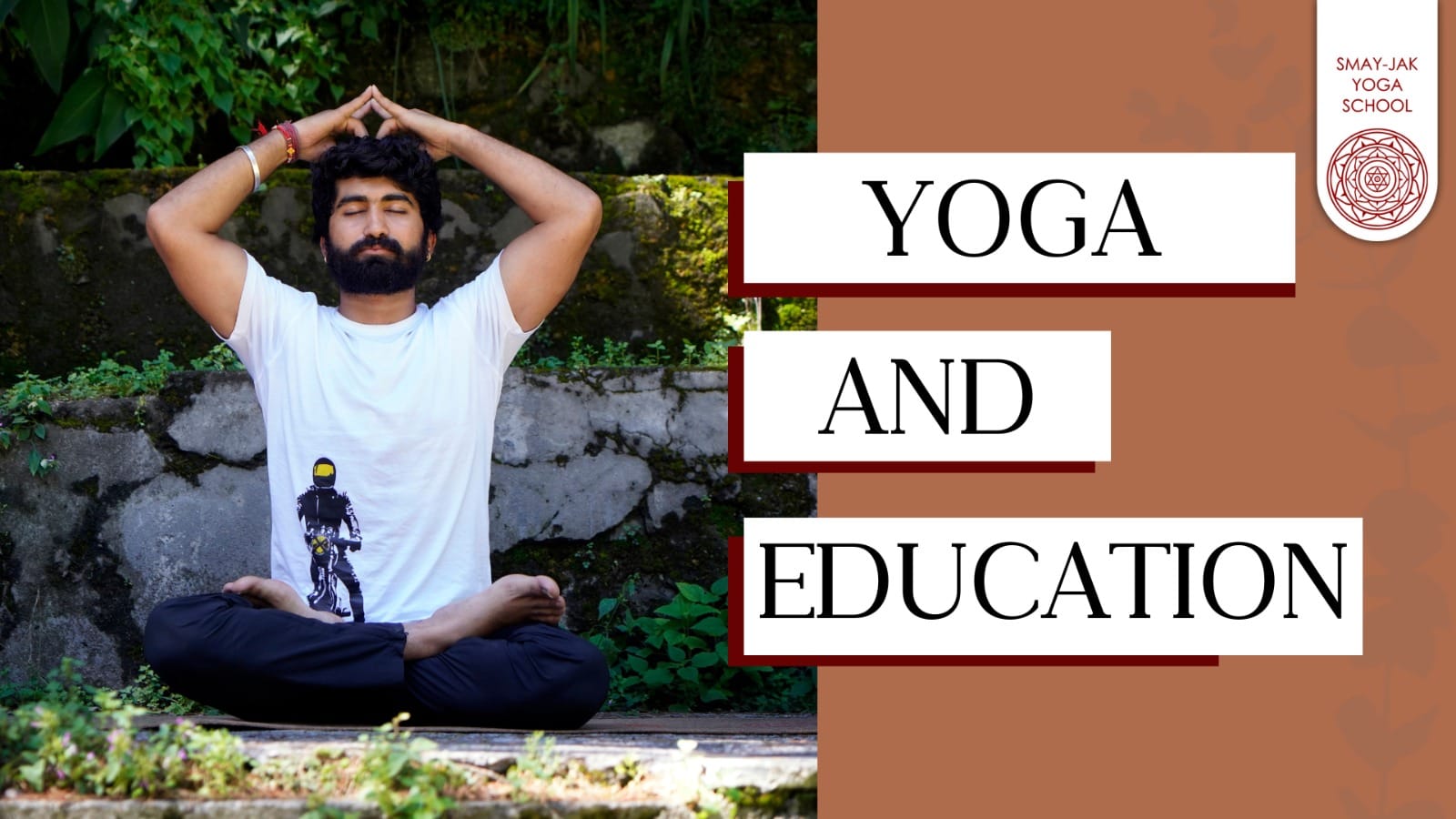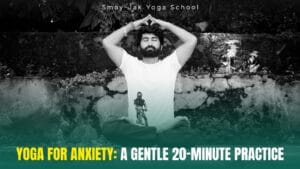In recent years, the integration of yoga into educational settings has gained significant attention for its potential to enhance student well-being, focus, and academic performance. As educators and parents alike seek holistic approaches to education, yoga has emerged as a powerful tool for nurturing not only the intellect but also the emotional and physical aspects of a child’s development. Let’s explore how yoga and education intersect to create a nurturing environment for mindful learning.
Understanding the Connection
At its core, yoga is more than just a physical practice; it is a philosophy that promotes unity of mind, body, and spirit. By incorporating yoga into the educational curriculum, educators aim to foster holistic development and create a supportive learning environment where students can thrive academically, emotionally, and socially.
Benefits of Yoga in Education
Enhanced Focus and Concentration
Yoga practices, such as mindful breathing and meditation, help students develop focus, concentration, and self-awareness. By learning to quiet the mind and tune into the present moment, students are better able to engage with their studies and retain information.
Stress Reduction and Emotional Regulation
Yoga provides students with valuable tools for managing stress, anxiety, and other emotional challenges. Through practices like deep breathing and relaxation techniques, students learn to calm their nervous systems, reduce tension, and cultivate a sense of inner peace and resilience.
Improved Physical Health
Regular yoga practice promotes physical fitness, flexibility, and strength, contributing to overall health and well-being. By incorporating movement and physical activity into the school day, educators help students develop healthy habits that can last a lifetime.
Enhanced Social and Emotional Learning (SEL)
Yoga encourages empathy, compassion, and mindfulness, fostering positive social interactions and emotional intelligence. Through group activities and partner poses, students learn to collaborate, communicate, and develop a sense of connection with others.
Practical Implementation
Yoga Breaks
Integrate short yoga breaks into the school day to help students recharge and refocus. These breaks can include simple stretches, breathing exercises, and relaxation techniques to promote mindfulness and reduce stress.
Yoga Classes and Workshops
Offer regular yoga classes or workshops led by certified instructors to introduce students to the principles and practices of yoga. These sessions can provide students with valuable tools for self-care and stress management.
Incorporate Mindfulness Practices
Integrate mindfulness practices, such as guided meditation and mindful breathing, into classroom activities to help students cultivate present-moment awareness and emotional regulation.
Conclusion
Incorporating yoga into education offers a holistic approach to learning that nurtures the mind, body, and spirit. By providing students with opportunities to explore yoga practices, educators empower them to develop essential life skills, including focus, resilience, and self-awareness. As we continue to prioritize student well-being and holistic development, yoga emerges as a valuable tool for fostering mindful learning and creating a more compassionate and connected world.











